

| Company : Oceania Cruises |
| Ship : Sirena |
| Journey Start : Wed 11 Mar 2026 |
| Journey End : Fri 24 Apr 2026 |
| Count Nights : 44 nights |
| Day | Date | Port | Arrival | Departure |
|---|---|---|---|---|
| 1 | 11.03 Wed | Mumbai (Bombay) / India | 18:00 | |
| 2 | 12.03 Thu | Day at sea / Sea | ||
| 3 | 13.03 Fri | Day at sea / Sea | ||
| 4 | 14.03 Sat | Male / Maldives | 08:00 | |
| 5 | 15.03 Sun | Male / Maldives | 19:00 | |
| 6 | 16.03 Mon | Day at sea / Sea | ||
| 7 | 17.03 Tue | Day at sea / Sea | ||
| 8 | 18.03 Wed | Day at sea / Sea | ||
| 9 | 19.03 Thu | Victoria, Mahe Island / Seychelles | 07:00 | 15:00 |
| 10 | 20.03 Fri | Day at sea / Sea | ||
| 11 | 21.03 Sat | Nosy Be / Madagascar | 11:00 | 21:00 |
| 12 | 22.03 Sun | Mamoudzou / Mayotte | 11:00 | 21:00 |
| 13 | 23.03 Mon | Day at sea / Sea | ||
| 14 | 24.03 Tue | Day at sea / Sea | ||
| 15 | 25.03 Wed | Day at sea / Sea | ||
| 16 | 26.03 Thu | Maputo / Mozambique | 07:00 | 16:00 |
| 17 | 27.03 Fri | Richards Bay / South Africa | 09:00 | 19:00 |
| 18 | 28.03 Sat | Durban / South Africa | 07:00 | 17:00 |
| 19 | 29.03 Sun | Day at sea / Sea | ||
| 20 | 30.03 Mon | Cape Town / South Africa | 19:00 | |
| 21 | 31.03 Tue | Cape Town / South Africa | 17:00 | |
| 22 | 1.04 Wed | Day at sea / Sea | ||
| 23 | 2.04 Thu | Luderitz / Namibia | 07:00 | 17:00 |
| 24 | 3.04 Fri | Walvis Bay / Namibia | 10:00 | 19:00 |
| 25 | 4.04 Sat | Day at sea / Sea | ||
| 26 | 5.04 Sun | Day at sea / Sea | ||
| 27 | 6.04 Mon | Day at sea / Sea | ||
| 28 | 7.04 Tue | San Tome / Sao Tome and Principe | 10:00 | 20:00 |
| 29 | 8.04 Wed | Day at sea / Sea | ||
| 30 | 9.04 Thu | Rome (Civitavecchia) / Italy | 08:00 | 18:00 |
| 31 | 10.04 Fri | Sekondi-Takoradi / Ghana | 09:00 | 19:00 |
| 32 | 11.04 Sat | Abidjan / Cote d'Ivoire | 07:00 | 17:00 |
| 33 | 12.04 Sun | Day at sea / Sea | ||
| 34 | 13.04 Mon | Day at sea / Sea | ||
| 35 | 14.04 Tue | Day at sea / Sea | ||
| 36 | 15.04 Wed | Banjul / Gambia | 07:00 | 19:00 |
| 37 | 16.04 Thu | Dakar / Senegal | 07:00 | 17:00 |
| 38 | 17.04 Fri | Day at sea / Sea | ||
| 39 | 18.04 Sat | Mindelo / Cape Verde | 07:00 | 17:00 |
| 40 | 19.04 Sun | Day at sea / Sea | ||
| 41 | 20.04 Mon | Day at sea / Sea | ||
| 42 | 21.04 Tue | Arrecife / Spain | 08:00 | 17:00 |
| 43 | 22.04 Wed | Agadir / Morocco | 08:00 | 18:00 |
| 44 | 23.04 Thu | Day at sea / Sea | ||
| 45 | 24.04 Fri | Lisbon / Portugal | 07:00 | 17:00 |
Your World Included
With Your World Included, you’ll enjoy a wide array of included amenities for the ultimate comfort and value in ultra-premium cruising.
Unforgettable dining experiences at a variety of exquisite restaurants — all at no extra charge.
Complimentary specialty coffees, sodas, freshly pressed juices, and still and sparkling Vero Water® served throughout the ship.
Unlimited free Wi-Fi available in your suite, stateroom, and all public areas.
In-room dining with a superb variety of hot and cold selections.
Smoothies, milkshakes, gelato, and signature Humphry Slocombe ice cream — always included.
Group fitness classes at Aquamar® Spa + Vitality Center are complimentary.
Gratuities are included for your convenience.
Laundry is free for all guests.
With complimentary self-service launderettes on board, plus laundry and pressing services for Concierge and Suite categories, you’ll always look your finest.
Along with our hallmark personalized service, you’ll enjoy an enriching cruise experience with no hidden costs or nickel-and-diming.
Elevate Your Experience
Concierge Level Veranda Staterooms offer an unrivaled combination of luxury, privilege, and value. A wealth of amenities and exclusive benefits elevate your experience to the sublime — from in-room dining selections from The Grand Dining Room and complimentary laundry services to unlimited access to the Aquamar Spa Terrace.
On board Oceania Marina and Oceania Riviera, you’ll also enjoy the services of a dedicated Concierge and exclusive access to the private Concierge Lounge.
Located in the most desired areas of the ship, Concierge Level Veranda Staterooms are far more than just staterooms — they are an experience in themselves.
Concierge Level Veranda — Exclusive Privileges
Expanded in-room dining menu for lunch and dinner from The Grand Dining Room
Laundry service — up to 3 bags per stateroom
Exclusive key-card access to the private Concierge Lounge aboard Oceania Marina, Oceania Riviera, Oceania Vista, and Oceania Allura, featuring complimentary beverages, coffees, snacks, and the services of a dedicated Concierge
Welcome bottle of fine Italian Prosecco
Priority online reservations for specialty restaurants
Unlimited access to the Aquamar Spa Terrace
Oceania Cruises logo tote bag
Cashmere lap blankets — perfect for relaxing or snuggling
Pressing of garments upon embarkation
Complimentary shoeshine service
Deposit and Payments – Oceania Cruises
General Deposit:
For Owner’s, Vista, and Oceania Suites, a deposit of 20% of the cruise fare per person is required.
For all other suite/stateroom categories, the deposit is $500 per person.
For Grand Voyages, the deposit is $1,500 per person.
Deposit and Final Payment Deadlines:
Bookings more than 150 days from sailing:
Deposit 20% for Owner’s, Vista, and Oceania Suites and $500 for all other categories is required within 5 days of booking.
Bookings 90–120 days from sailing:
Full payment required within 3 days of booking.
Bookings 0–90 days from sailing:
Full payment due on the day of booking.
Important:
Bookings that are not deposited or paid in full according to this schedule will be automatically cancelled.
Unless otherwise noted, final payment must be received by Oceania Cruises 150 days prior to departure for cruises less than 15 days, and 150 days for cruises 15 days or longer.
Oceania Cruises reserves the right to cancel any booking not fully paid at the time of final payment.
Additional Information:
Passport details and special onboard service requests are due at final payment.
Payment may be made by personal check, American Express, Discover, MasterCard, or Visa.
For convenience, final payment may be automatically charged to the credit card used for the initial deposit.
Oceania Cruises is not responsible for foreign currency or transaction fees independently charged by issuing banks. These fees do not benefit Oceania Cruises.
Third-party credit card payments are accepted only with valid authorization from the cardholder.
Deposit and Payment – 180-Day Voyages
For 180-day voyages, a deposit of 20% of the cruise fare per person for all suites and staterooms is required within 7 days of booking.
Final payment must be received no later than 181 days prior to departure, along with passport details and any special onboard service requests.
Otherwise, the booking may be immediately cancelled, and applicable penalties will apply.
Oceania Cruises accepts payment for reservations by credit/debit card or bank transfer.
Unfortunately, personal checks are not accepted.
Credit/Debit Cards:
American Express, Visa, and Mastercard are accepted.
Please note: Oceania Cruises assumes no responsibility for foreign currency/transaction processing fees assessed by your issuing bank.

Mumbai is the capital city of the Indian state of Maharashtra. It is the most populous city in India with an estimated city proper population of 12.4 million as of 2011. Along with the neighbouring regions of the Mumbai Metropolitan Region, it is the second most populous metropolitan area in India, with a population of 21.3 million as of 2016. Mumbai lies on the Konkancoast on the west coast of India and has a deep natural harbour. In 2008, Mumbai was named an alpha world city. It is also the wealthiest city in India, and has the highest number of millionaires and billionaires among all cities in India. Mumbai is home to three UNESCO World Heritage Sites: the Elephanta Caves, Chhatrapati Shivaji Maharaj Terminus, and the city's distinctive ensemble of Victorian and Art Deco buildings.


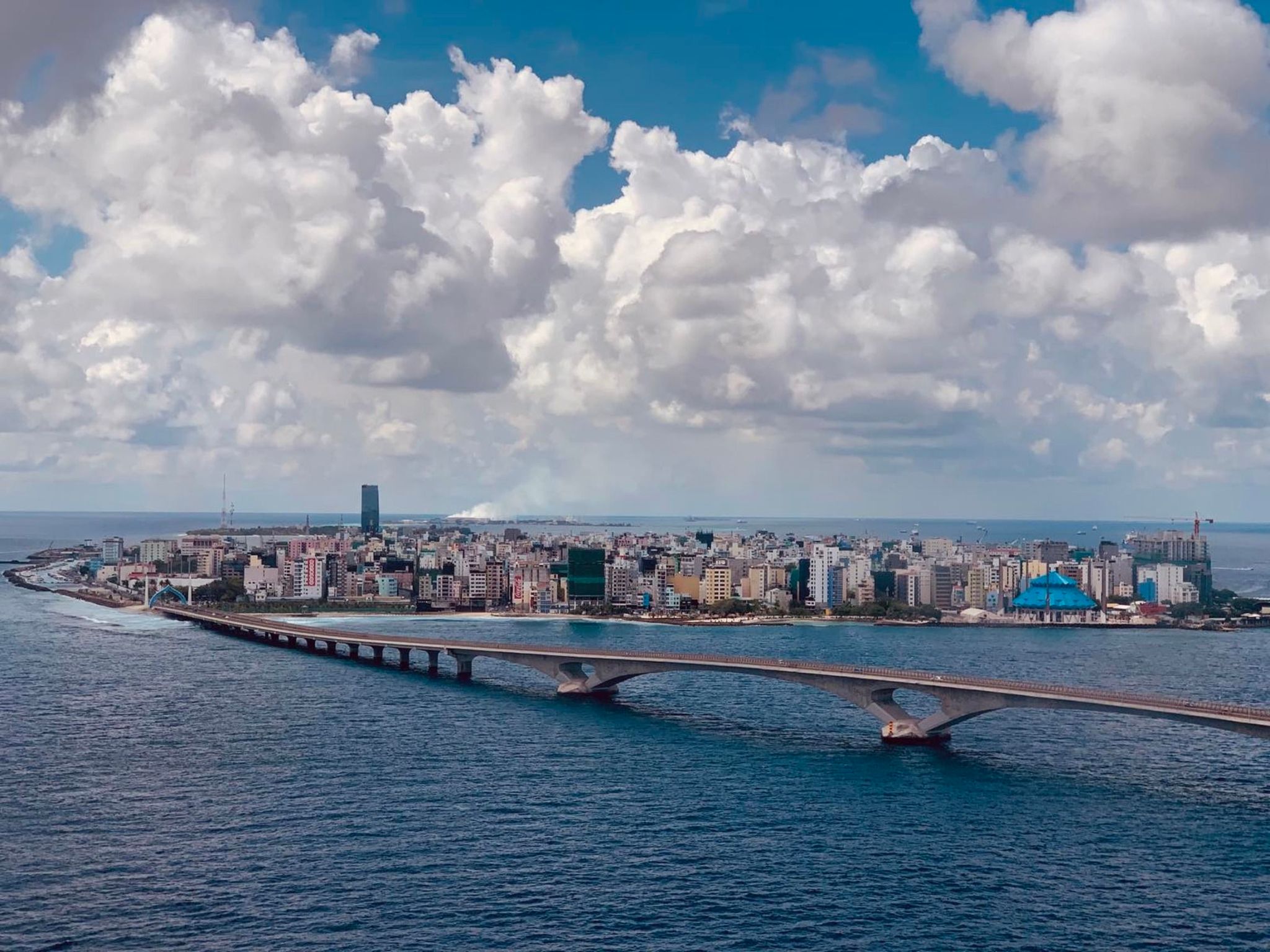




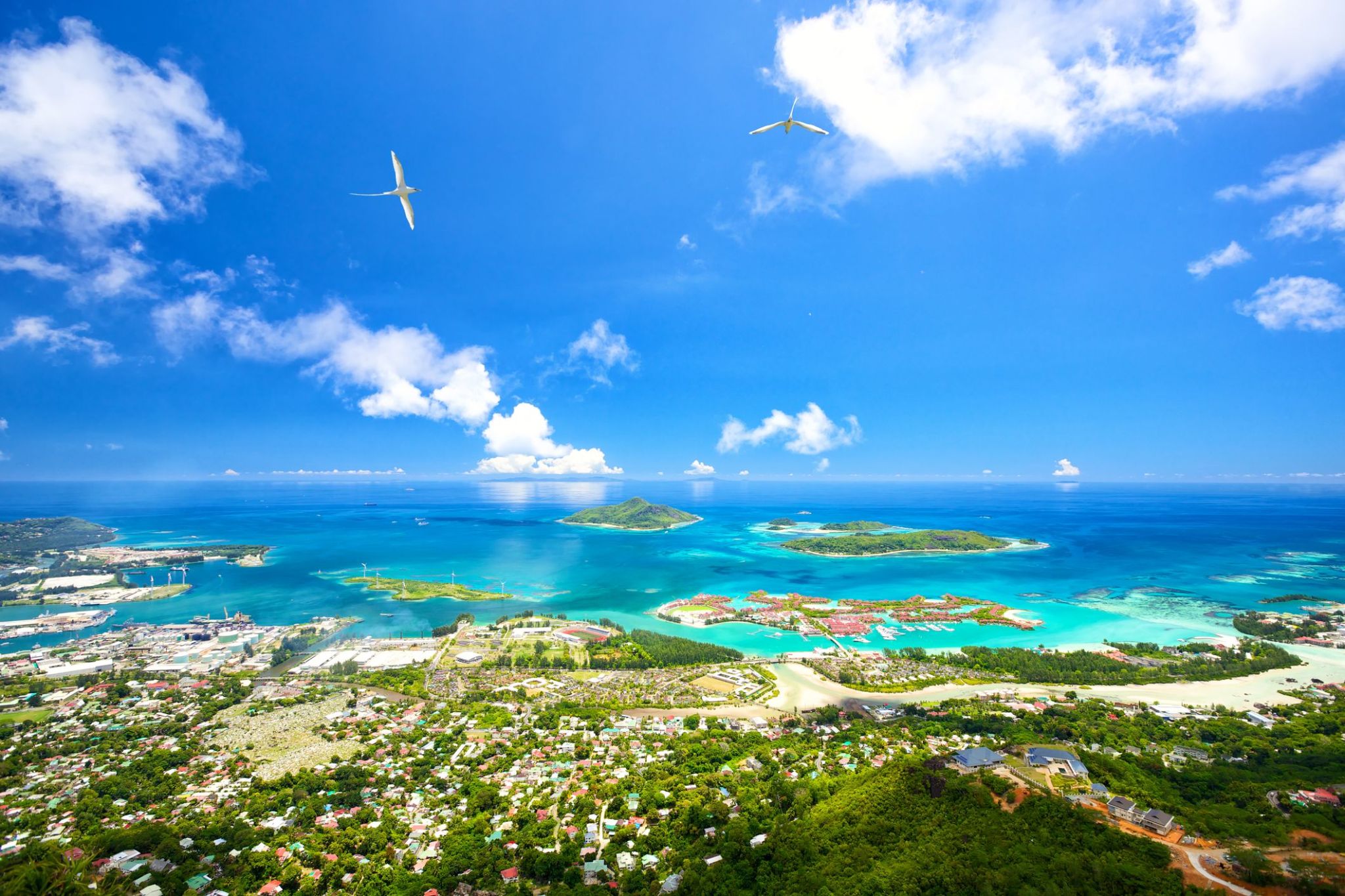
Turquoise waters and lush jungles frame Victoria on Mahé Island, the capital of Seychelles and one of the smallest capitals in the world. Here, colorful markets with exotic fruits and spices blend with colonial-era architecture, and in the city center, you will find a miniature replica of London’s Big Ben — one of Victoria’s symbols. Nearby, visitors can explore the Botanical Garden, home to rare palm and orchid species, and see giant tortoises living in their natural environment.
A journey to Victoria is an opportunity to feel the slow rhythm of Seychellois life and enjoy a truly tropical atmosphere. Strolling along the waterfront, visiting the National Art Gallery, or tasting freshly caught fish in local cafés will bring you closer to the islanders’ culture and everyday life. Just a few minutes from the city center, white sandy beaches and turquoise waters invite you to underwater adventures among Mahé’s coral reefs.

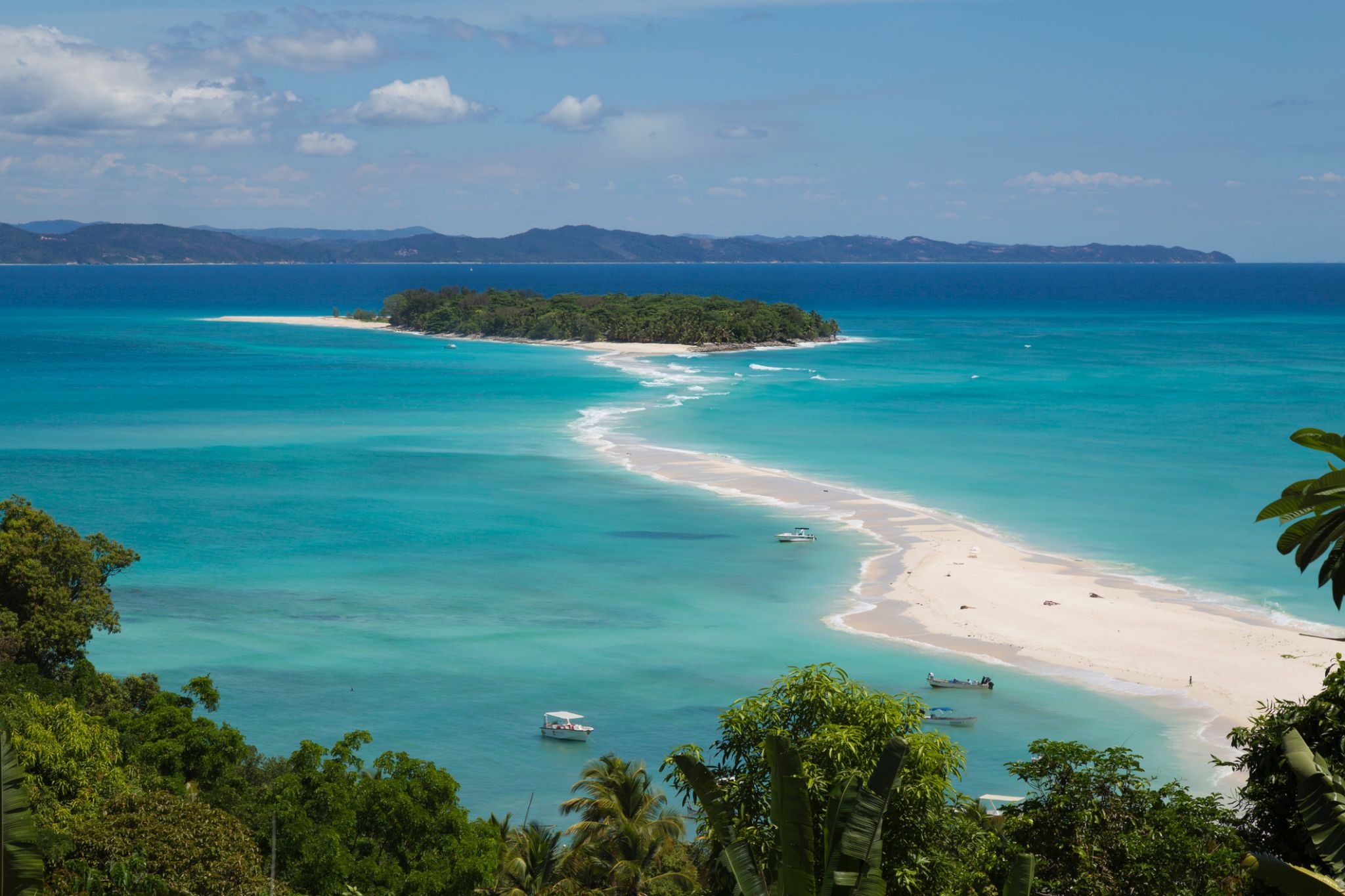
Nosy Be is a tropical island off the coast of Madagascar, known for its pristine beaches and vibrant marine life. The island attracts tourists with its stunning nature: white sandy beaches, emerald waters, coral reefs, and lush greenery. Nosy Be is an excellent destination for those seeking to relax away from the hustle and bustle of the city and immerse themselves in tranquility. Visitors can enjoy activities like diving, snorkeling, or simply relaxing on the beach while watching sunsets.
The island is also famous for its unique natural reserves, such as the Lemur Park, where rare animals, including lemurs and other endemic species of Madagascar, can be seen. Nosy Be is not only a place for beach relaxation but also a cultural destination: the island hosts vibrant holidays and festivals, and the local cuisine offers unique dishes blending African, Arab, and French traditions.
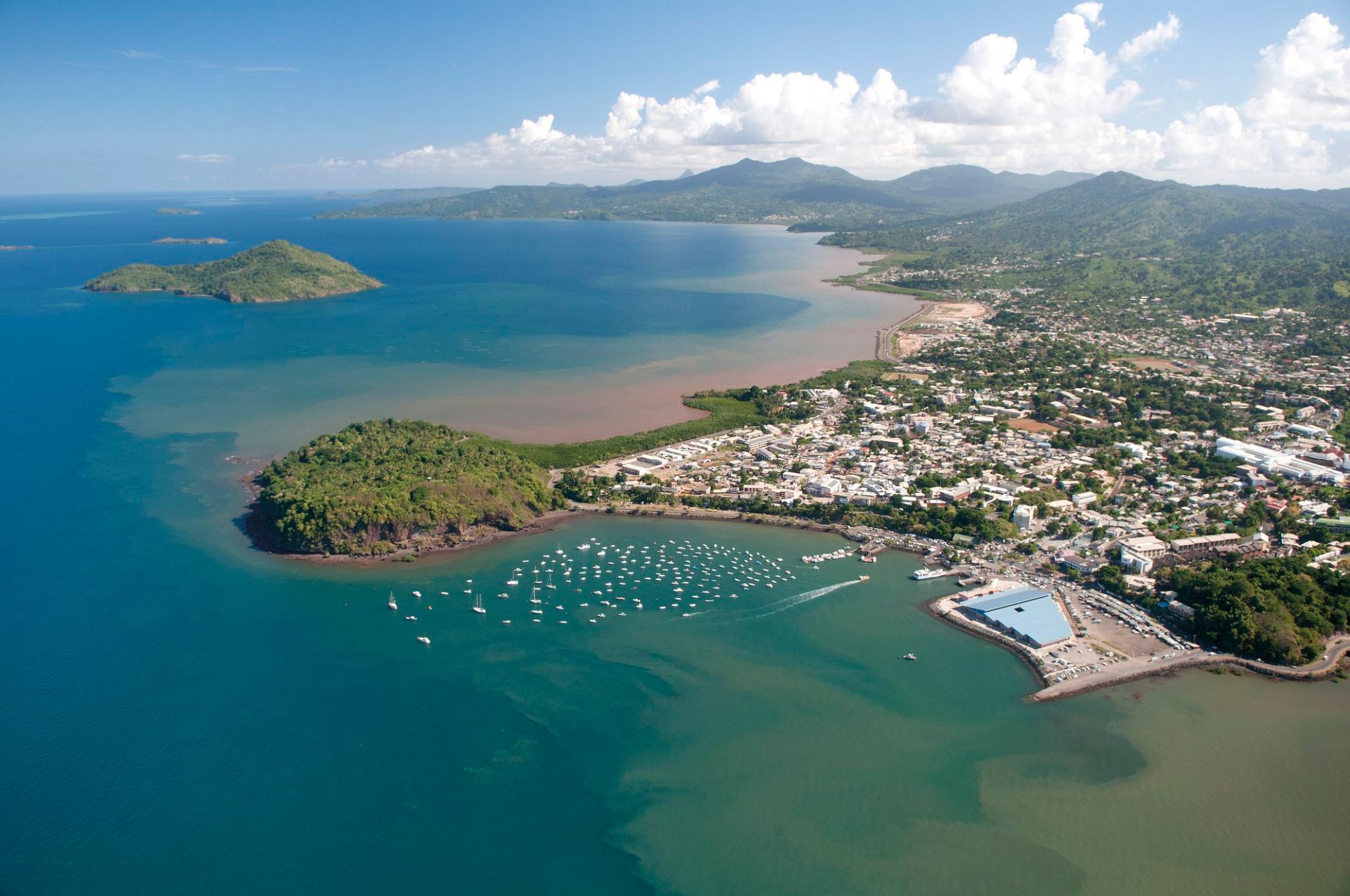
Turquoise lagoons, mangrove forests, and the scent of spices in the air — all of this instantly transports you into the atmosphere of Mamoudzou, the administrative center of the island of Mayotte. This town is a vibrant reflection of cultural fusion: French infrastructure blends with Comorian traditions, and mosques stand alongside Creole markets where you can hear Shimaore spoken and buy fresh lobsters.
Mamoudzou attracts travelers looking for an off-the-beaten-path exotic experience: you can go on a marine safari to spot whales and dolphins in a lagoon protected by the world's third-largest coral reef, or simply enjoy the sunset overlooking the neighboring island of Petite-Terre. It’s a place for those seeking a new facet of French overseas romance — wild, authentic, and remarkably warm.



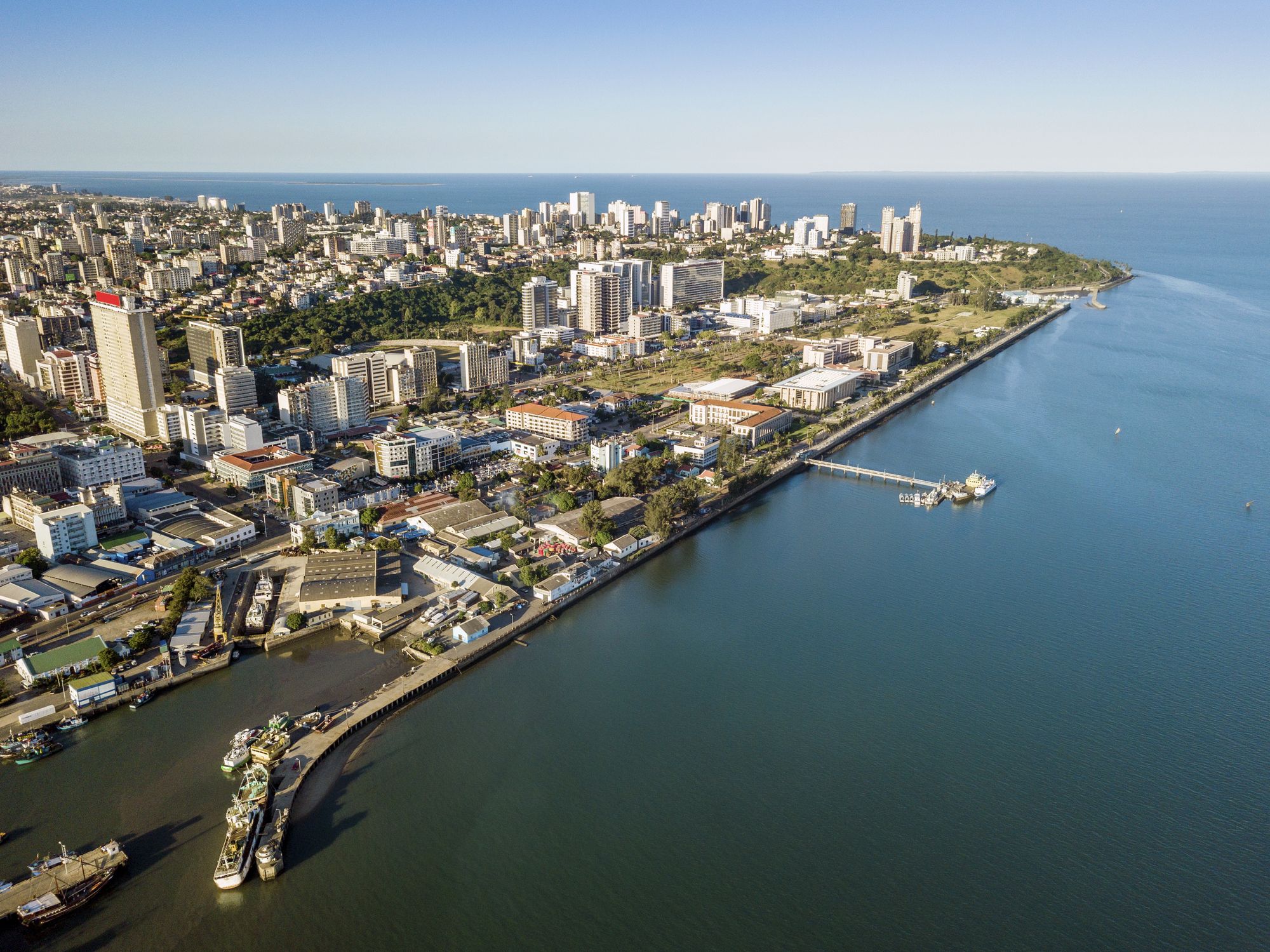
Maputo is the capital and largest city of Mozambique, stretching along the coast of the Indian Ocean. The city is known for its eclectic architecture, where Portuguese colonial buildings stand side by side with modern structures. One of its main landmarks is the central railway station, designed by students of Gustave Eiffel, according to some sources. Tourists are also drawn to the city’s palm-lined waterfront, markets offering local fruits and handmade crafts, and museums that tell the rich story of the country.
Despite its capital status, Maputo retains a warm and relaxed atmosphere. Visitors can enjoy traditional cuisine rich in seafood and spices, and listen to live marrabenta music in street cafés. Thanks to its proximity to natural reserves like Maputo National Park, the city is also ideal for travelers seeking a blend of cultural experiences and encounters with nature.
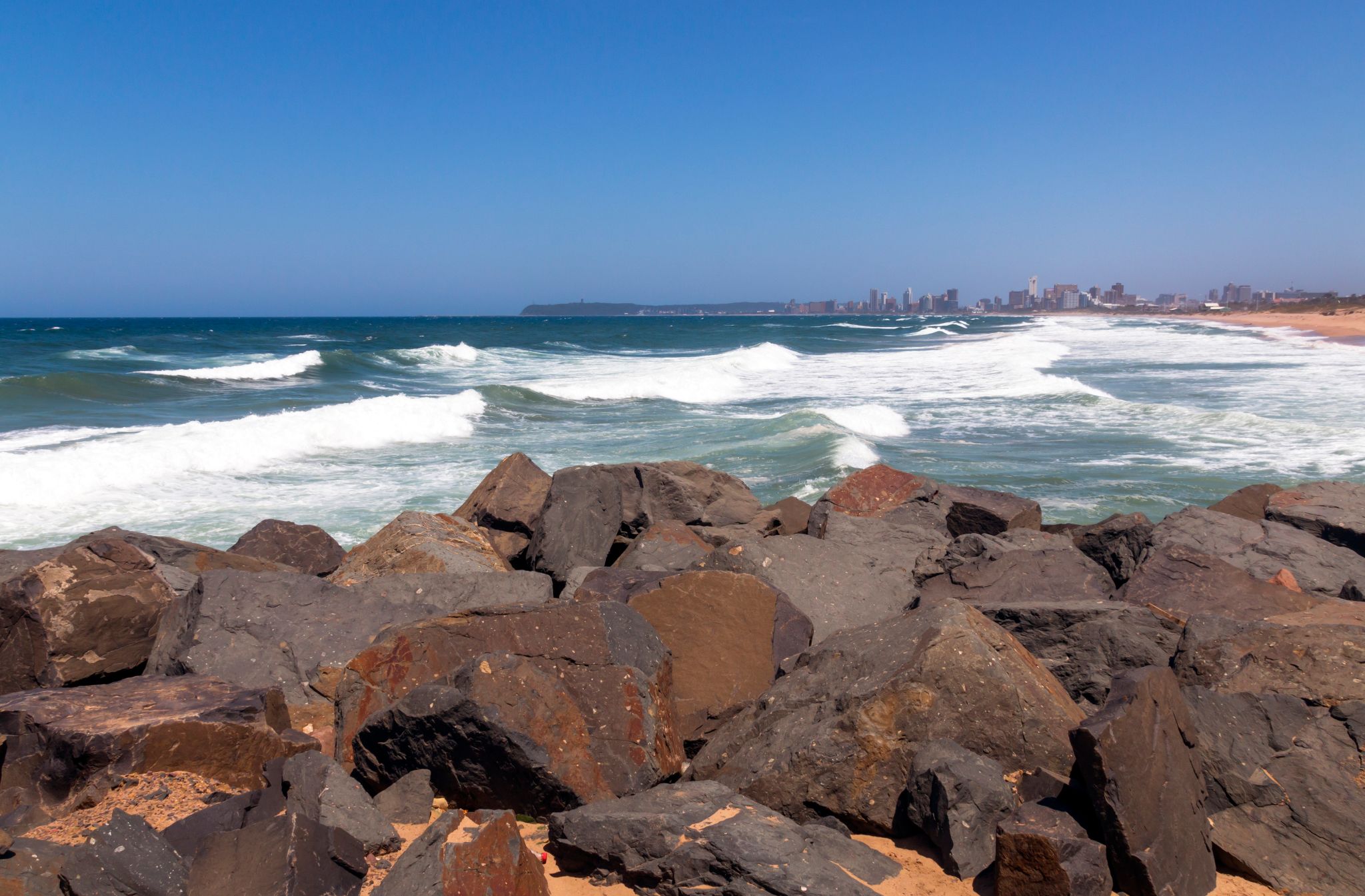
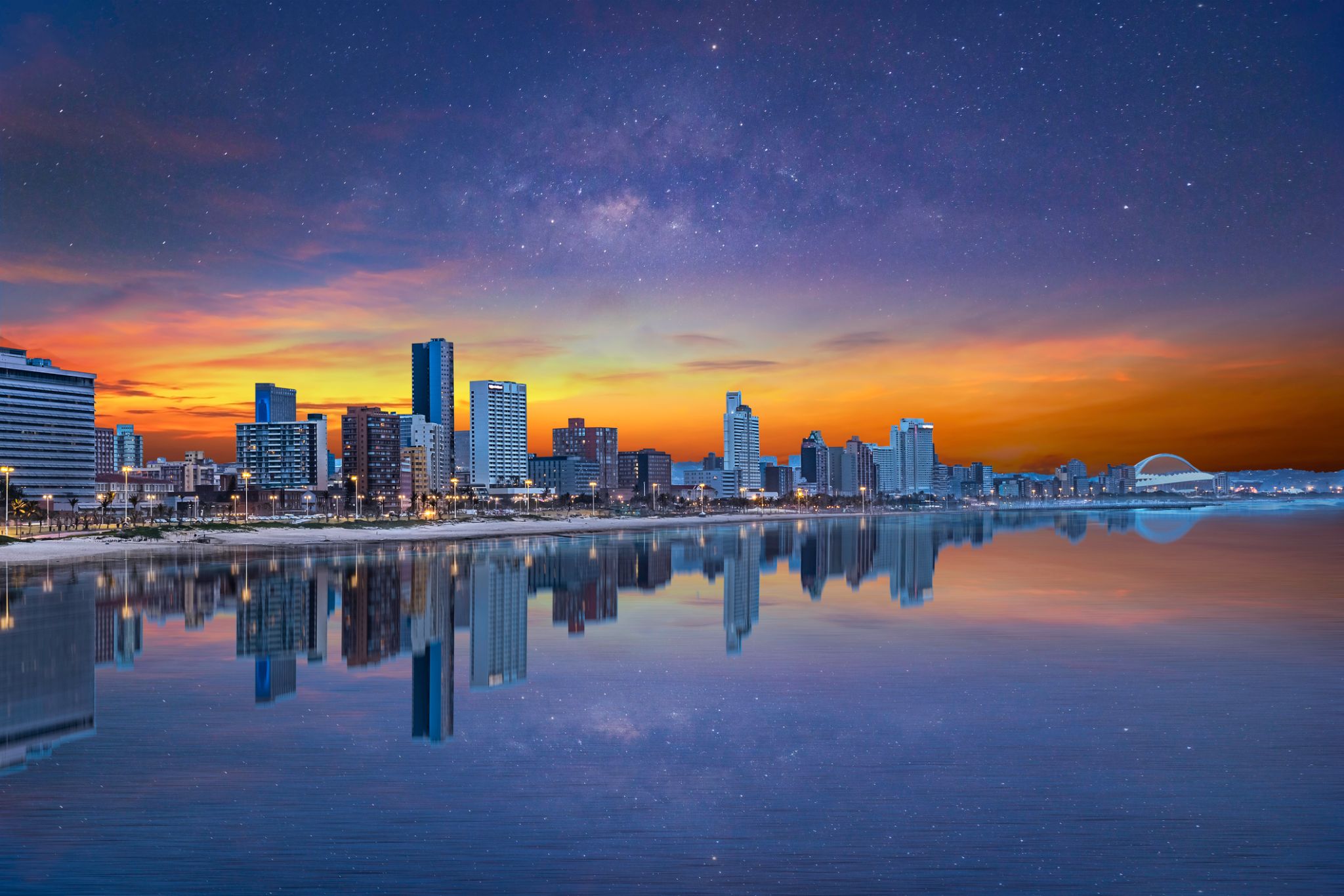
Durban is the third most populous city in South Africa—after Johannesburg and Cape Town—and the largest city in the South African province of KwaZulu-Natal. Located on the east coast of South Africa, Durban is famous for being the busiest port in the country. It is also seen as one of the major centres of tourism because of the city's warm subtropical climate and extensive beaches. Durban forms part of the eThekwini Metropolitan Municipality, which includes neighboring towns and has a population of about 3.44 million, making the combined municipality one of the biggest cities on the Indian Ocean coast of the African continent. It is also the second most important manufacturing hub in South Africa after Johannesburg. In 2015, Durban was recognised as one of the New7Wonders Cities (along with Vigan, Doha, La Paz, Havana, Beirut, and Kuala Lumpur).


Cape Town is the oldest city in South Africa, colloquially named the Mother City. It is the legislative capital of South Africa and primate city of the Western Cape province. It forms part of the City of Cape Town metropolitan municipality.
The Parliament of South Africa sits in Cape Town. The other two capitals are located in Pretoria (the administrative capital where the Presidency is based) and Bloemfontein (the judicial capital where the Supreme Court of Appeal is located). The city is known for its harbour, for its natural setting in the Cape Floristic Region, and for landmarks such as Table Mountain and Cape Point. As of 2014, it is the 10th most populous city in Africa and home to 64% of the Western Cape's population. It is one of the most multicultural cities in the world, reflecting its role as a major destination for immigrants and expatriates to South Africa. The city was named the World Design Capital for 2014 by the International Council of Societies of Industrial Design. In 2014, Cape Town was named the best place in the world to visit by both The New York Times and The Daily Telegraph.
Located on the shore of Table Bay, Cape Town, as the oldest urban area in South Africa, was developed by the Dutch East India Company (VOC) as a supply station for Dutch ships sailing to East Africa, India, and the Far East. Jan van Riebeeck's arrival on 6 April 1652 established Dutch Cape Colony, the first permanent European settlement in South Africa. Cape Town outgrew its original purpose as the first European outpost at the Castle of Good Hope, becoming the economic and cultural hub of the Cape Colony. Until the Witwatersrand Gold Rush and the development of Johannesburg, Cape Town was the largest city in South Africa.

Cape Town is the oldest city in South Africa, colloquially named the Mother City. It is the legislative capital of South Africa and primate city of the Western Cape province. It forms part of the City of Cape Town metropolitan municipality.
The Parliament of South Africa sits in Cape Town. The other two capitals are located in Pretoria (the administrative capital where the Presidency is based) and Bloemfontein (the judicial capital where the Supreme Court of Appeal is located). The city is known for its harbour, for its natural setting in the Cape Floristic Region, and for landmarks such as Table Mountain and Cape Point. As of 2014, it is the 10th most populous city in Africa and home to 64% of the Western Cape's population. It is one of the most multicultural cities in the world, reflecting its role as a major destination for immigrants and expatriates to South Africa. The city was named the World Design Capital for 2014 by the International Council of Societies of Industrial Design. In 2014, Cape Town was named the best place in the world to visit by both The New York Times and The Daily Telegraph.
Located on the shore of Table Bay, Cape Town, as the oldest urban area in South Africa, was developed by the Dutch East India Company (VOC) as a supply station for Dutch ships sailing to East Africa, India, and the Far East. Jan van Riebeeck's arrival on 6 April 1652 established Dutch Cape Colony, the first permanent European settlement in South Africa. Cape Town outgrew its original purpose as the first European outpost at the Castle of Good Hope, becoming the economic and cultural hub of the Cape Colony. Until the Witwatersrand Gold Rush and the development of Johannesburg, Cape Town was the largest city in South Africa.

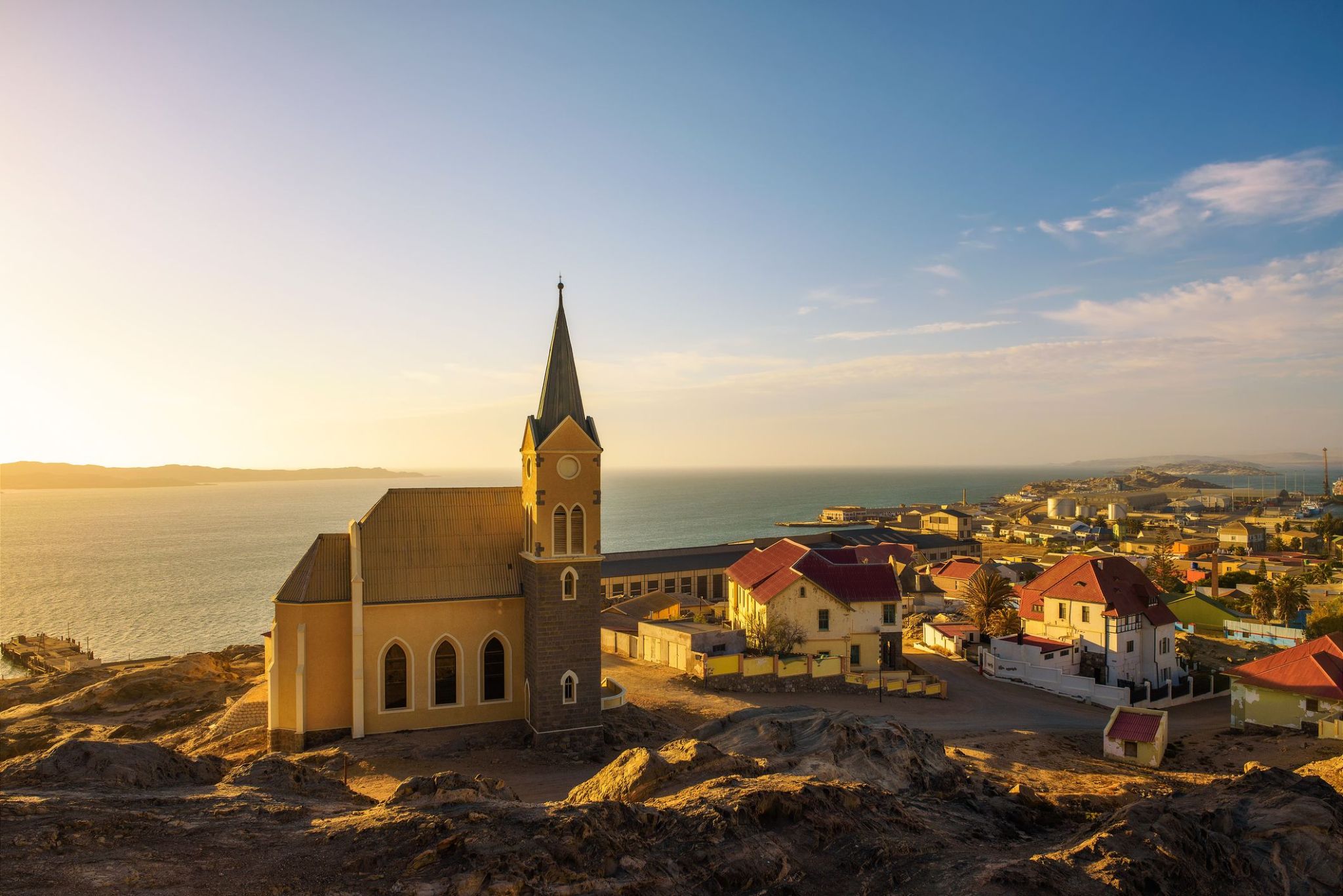
Narrow cobbled streets lead to colorful pastel houses, welcoming visitors to Luderitz. Nestled between desert dunes and the Atlantic Ocean, this town retains a unique charm reminiscent of the early 20th century. Colonial architecture blends with the sea air, while cozy cafes reflect the town’s German past.
Luderitz is renowned for its breathtaking coastal landscapes: turquoise waters of the bay and rugged coves merge seamlessly with golden desert sands. Adventurers can explore the abandoned diamond mining settlement of Kolmanskop or wander through lagoons where pelicans and flamingos gather. This corner of Namibia offers a unique blend of culture, history, and nature, waiting to be discovered.

Walvis Bay — Namibia’s Maritime Gateway
Walvis Bay, located on the Atlantic coast of Namibia, offers a rare blend of an industrial port and a natural haven. The town is famous for its vast lagoon—one of the largest in Africa—where flamingos, pelicans, and other water birds can be observed year-round. It's also one of the top places on the continent to witness marine life: visitors often take boat trips to spot seals, dolphins, and sometimes even whales. The lagoon is also popular among kite surfers and windsurfers, thanks to steady winds and wide open waters.
The city plays a key economic role as Namibia’s main port and a hub for the fishing industry. Yet, Walvis Bay attracts not only through its utility, but also through the stunning desert landscapes of the Namib, which begin just outside the town. The famous dunes and lunar scenery create a unique contrast with the ocean. This rare meeting of sea and desert makes Walvis Bay an unforgettable stop on any journey through southwestern Africa.



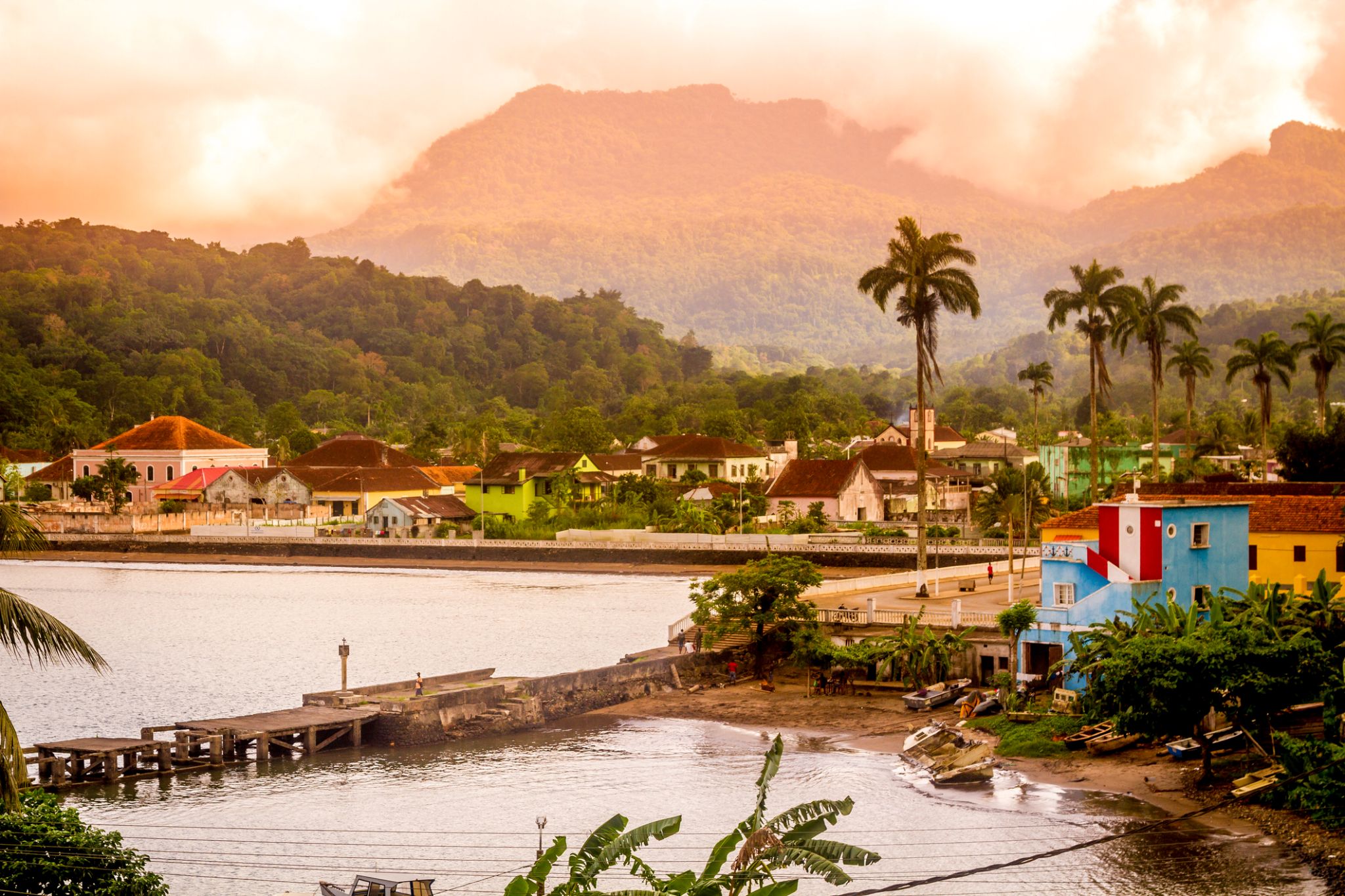


Rome is the capital city and a special comune of Italy (named Comune di Roma Capitale). Rome also serves as the capital of the Lazio region. With 2,872,800 residents in 1,285 km2(496.1 sq mi), it is also the country's most populated comune. It is the fourth-most populous city in the European Union by population within city limits. It is the centre of the Metropolitan City of Rome, which has a population of 4,355,725 residents, thus making it the most populous metropolitan city in Italy. Rome is located in the central-western portion of the Italian Peninsula, within Lazio (Latium), along the shores of the Tiber. The Vatican City (the smallest country in the world) is an independent country inside the city boundaries of Rome, the only existing example of a country within a city: for this reason Rome has been often defined as capital of two states.
Rome's history spans 28 centuries. While Roman mythology dates the founding of Rome at around 753 BC, the site has been inhabited for much longer, making it one of the oldest continuously occupied sites in Europe. The city's early population originated from a mix of Latins, Etruscans, and Sabines. Eventually, the city successively became the capital of the Roman Kingdom, the Roman Republic and the Roman Empire, and is regarded as the birthplace of Western civilization and by some as the first ever metropolis. It was first called The Eternal City (Latin: Urbs Aeterna; Italian: La Città Eterna) by the Roman poet Tibullus in the 1st century BC, and the expression was also taken up by Ovid, Virgil, and Livy. Rome is also called the "Caput Mundi" (Capital of the World). After the fall of the Western Empire, which marked the beginning of the Middle Ages, Rome slowly fell under the political control of the Papacy, which had settled in the city since the 1st century AD, until in the 8th century it became the capital of the Papal States, which lasted until 1870. Beginning with the Renaissance, almost all the popes since Nicholas V (1447–1455) pursued over four hundred years a coherent architectural and urban programme aimed at making the city the artistic and cultural centre of the world. In this way, Rome became first one of the major centres of the Italian Renaissance, and then the birthplace of both the Baroque style and Neoclassicism. Famous artists, painters, sculptors and architects made Rome the centre of their activity, creating masterpieces throughout the city. In 1871, Rome became the capital of the Kingdom of Italy, which, in 1946, became the Italian Republic.
Rome has the status of a global city. In 2016, Rome ranked as the 14th-most-visited city in the world, 3rd most visited in the European Union, and the most popular tourist attraction in Italy. Its historic centre is listed by UNESCO as a World Heritage Site. The famous Vatican Museums are among the world's most visited museums while the Colosseum was the most popular tourist attraction in world with 7.4 million visitors in 2018. Host city for the 1960 Summer Olympics, Rome is the seat of several specialized agencies of the United Nations, such as the Food and Agriculture Organization (FAO), the World Food Programme (WFP) and the International Fund for Agricultural Development (IFAD). The city also hosts the Secretariat of the Parliamentary Assembly of the Union for the Mediterranean (UfM) as well as the headquarters of many international business companies such as Eni, Enel, TIM, Leonardo S.p.A., and national and international banks such as Unicredit and BNL. Its business district, called EUR, is the base of many companies involved in the oil industry, the pharmaceutical industry, and financial services. Rome is also an important fashion and design centre thanks to renowned international brands centered in the city. Rome's Cinecittà Studios have been the set of many Academy Award–winning movies.

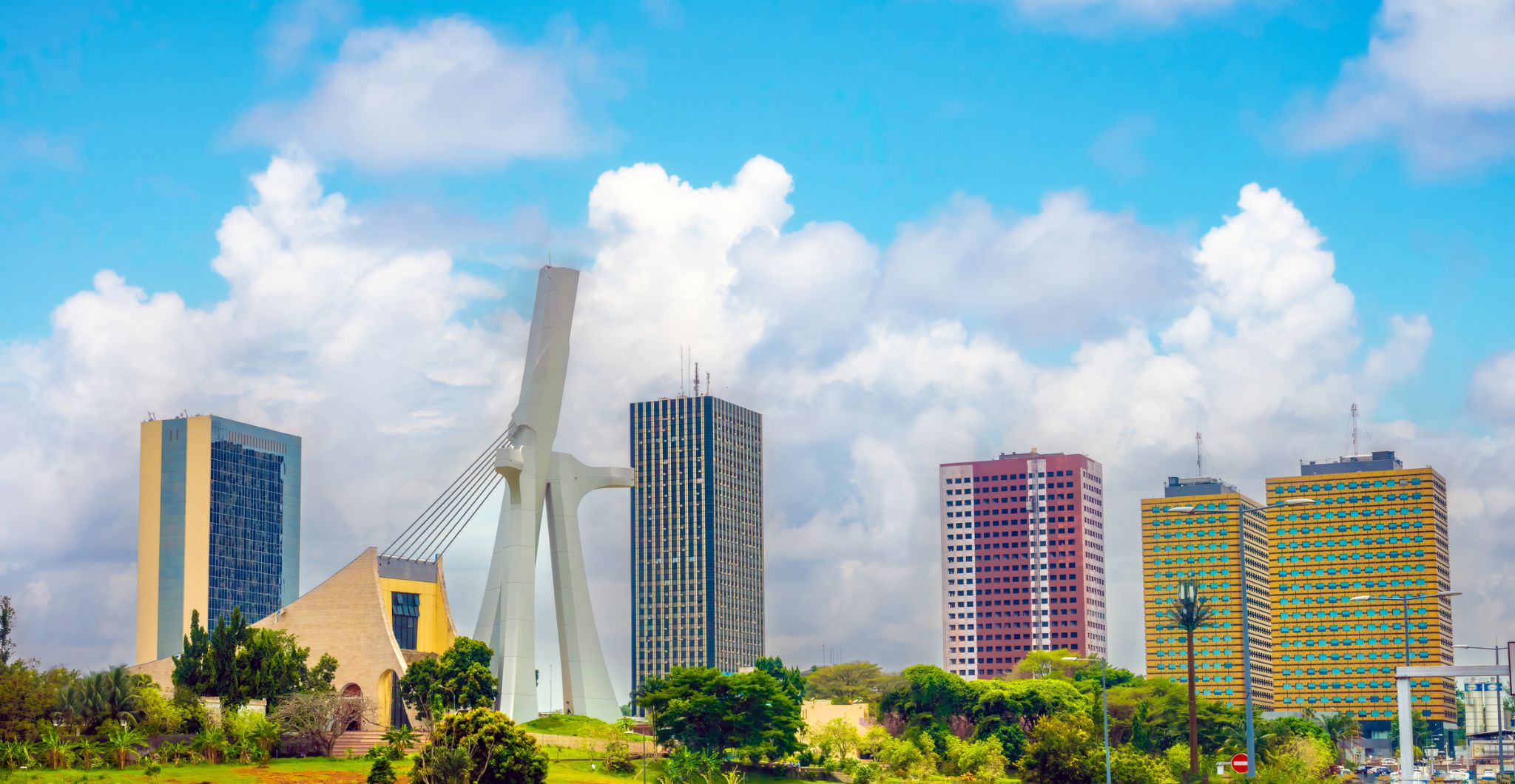



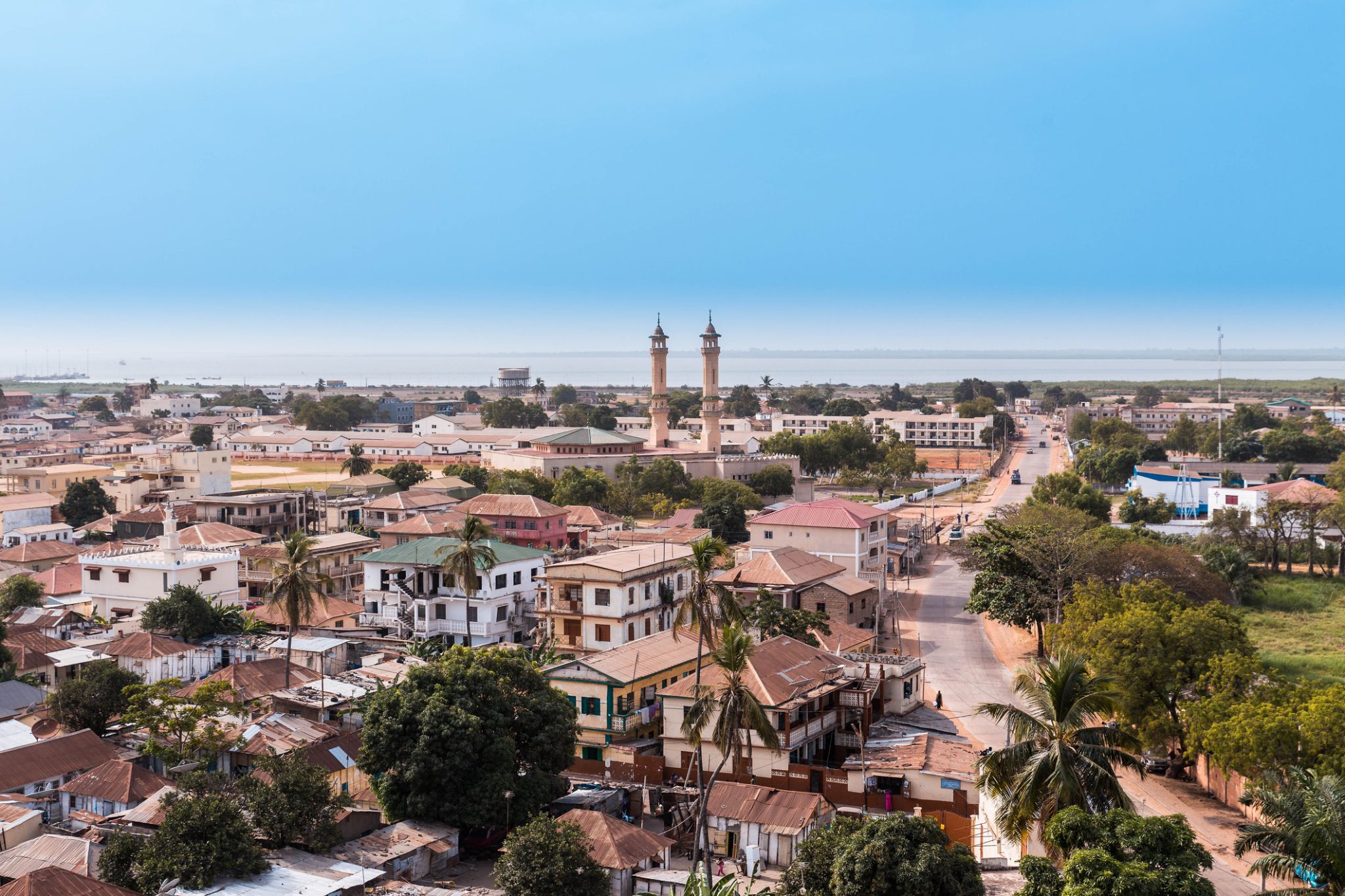
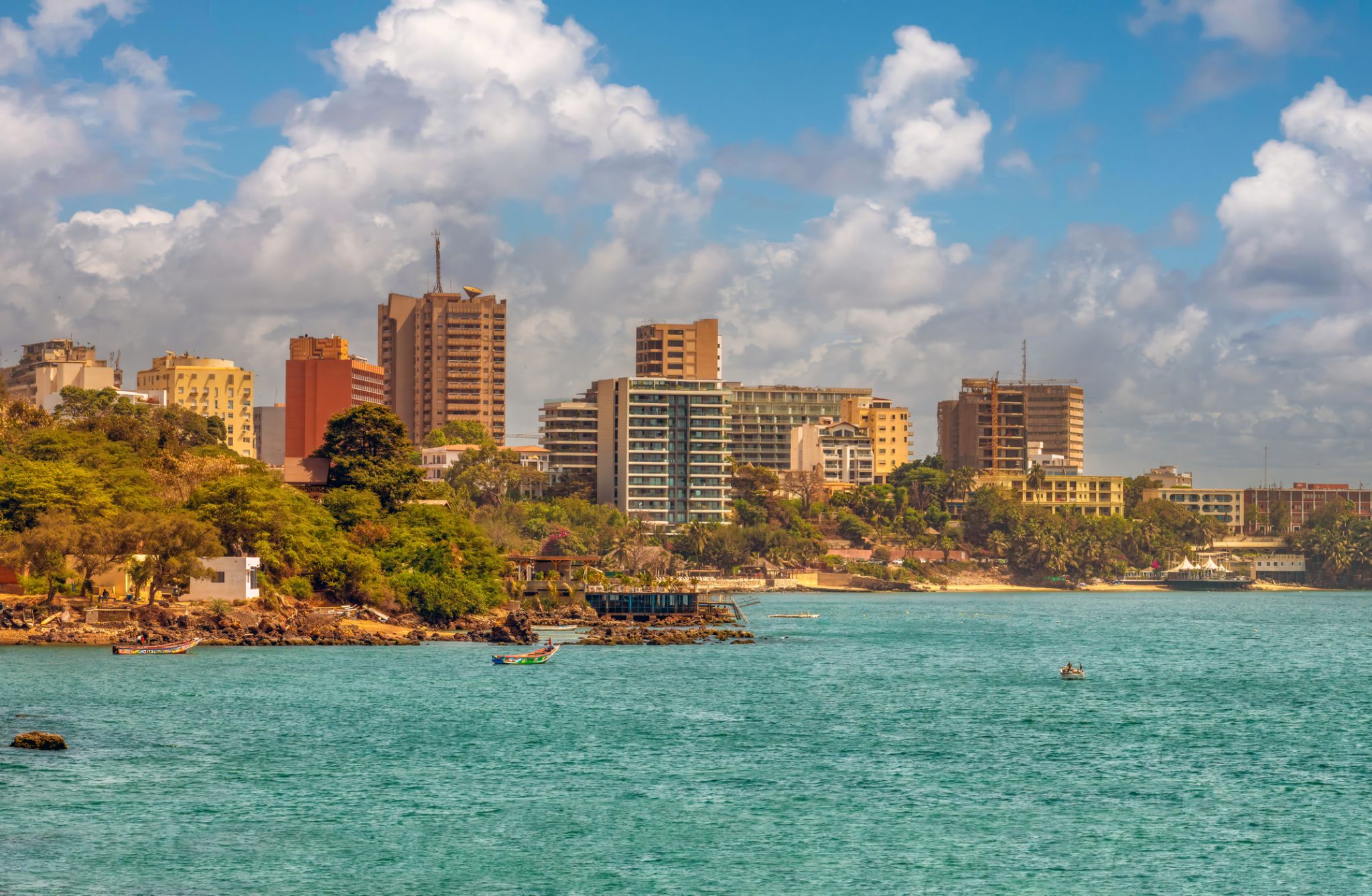
Dakar is the capital and largest city of Senegal. It is located on the Cap-Vert peninsula on the Atlantic coast and is the westernmost city on the African mainland. The city of Dakar proper has a population of 1,030,594, whereas the population of the Dakar metropolitan area is estimated at 2.45 million.
The area around Dakar was settled in the 15th century. The Portuguese established a presence on the island of Gorée off the coast of Cap-Vert and used it as a base for the Atlantic slave trade. France took over the island in 1677. Following the abolition of the slave trade and French annexation of the mainland area in the 19th century, Dakar grew into a major regional port and a major city of the French colonial empire. In 1902, Dakar replaced Saint-Louis as the capital of French West Africa. From 1959 to 1960, Dakar was the capital of the short-lived Mali Federation. In 1960, it became the capital of the independent Republic of Senegal.

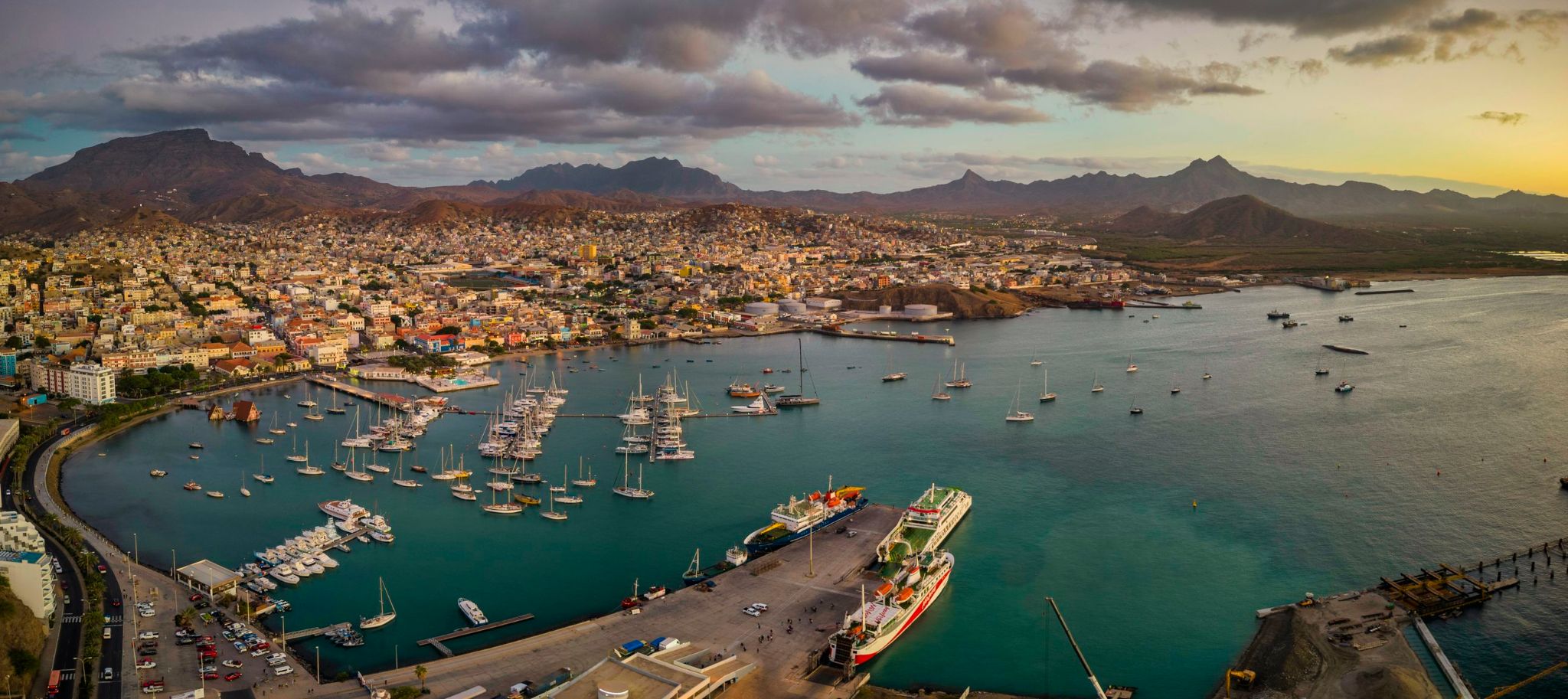
The turquoise waves of the Atlantic embrace the bay of Mindelo on the island of São Vicente, inviting travelers to dive into the rhythms of Cape Verdean music and its warm atmosphere. Known as the cultural capital of Cape Verde, this city enchants with its colorful colonial buildings, the live sounds of morna and coladeira, and street cafés where you can taste fresh seafood to the sound of guitars.
In Mindelo, visitors can stroll along the waterfront with views of the mountains and port, discover cozy shops with local crafts, and relax on sandy beaches where the soft breeze carries the scent of the ocean. This city offers a chance to feel the slow pace of island life, immerse yourself in music that plays on every corner, and take home memories of true Cape Verde, full of smiles and warm sunshine.


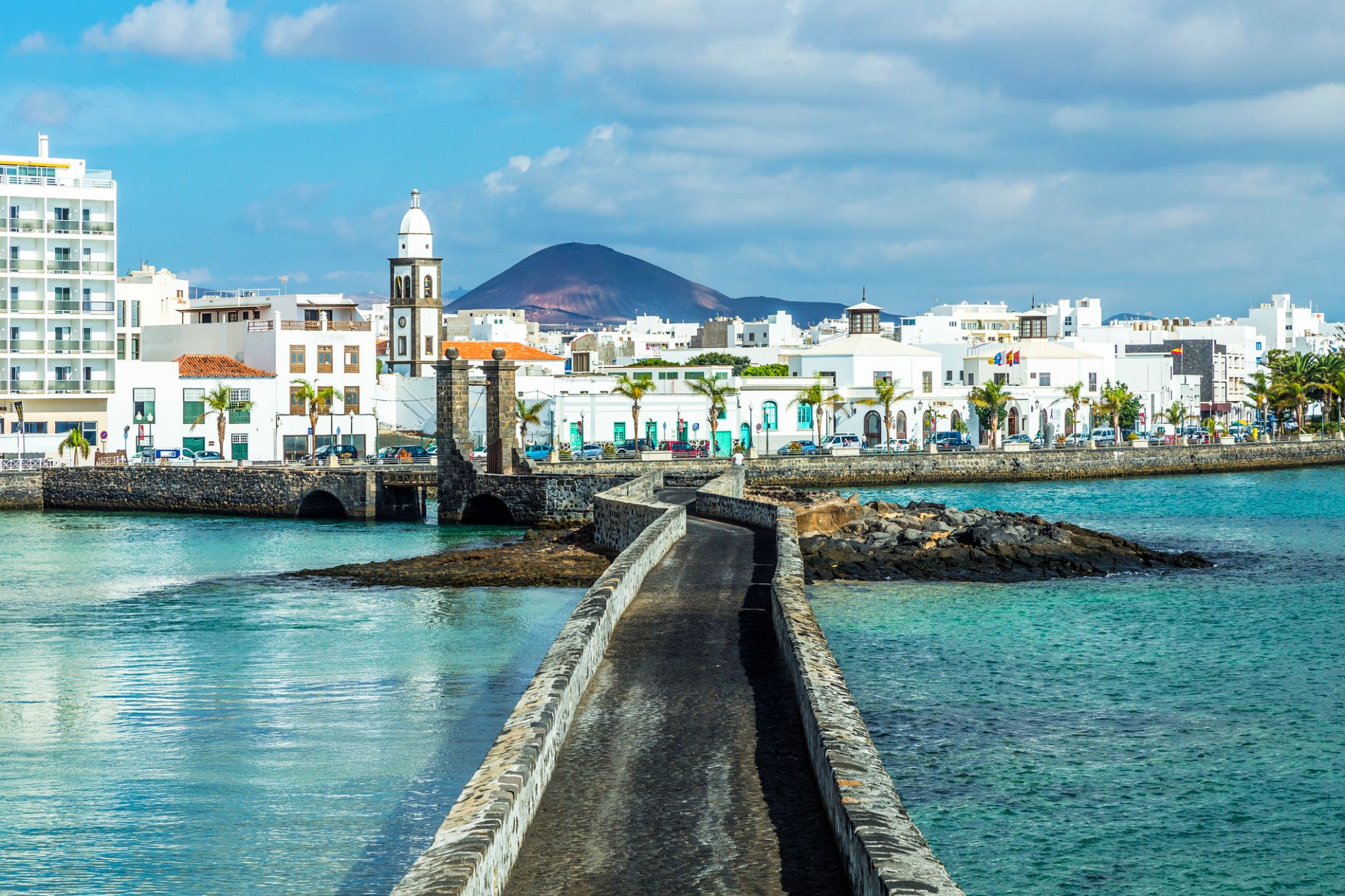
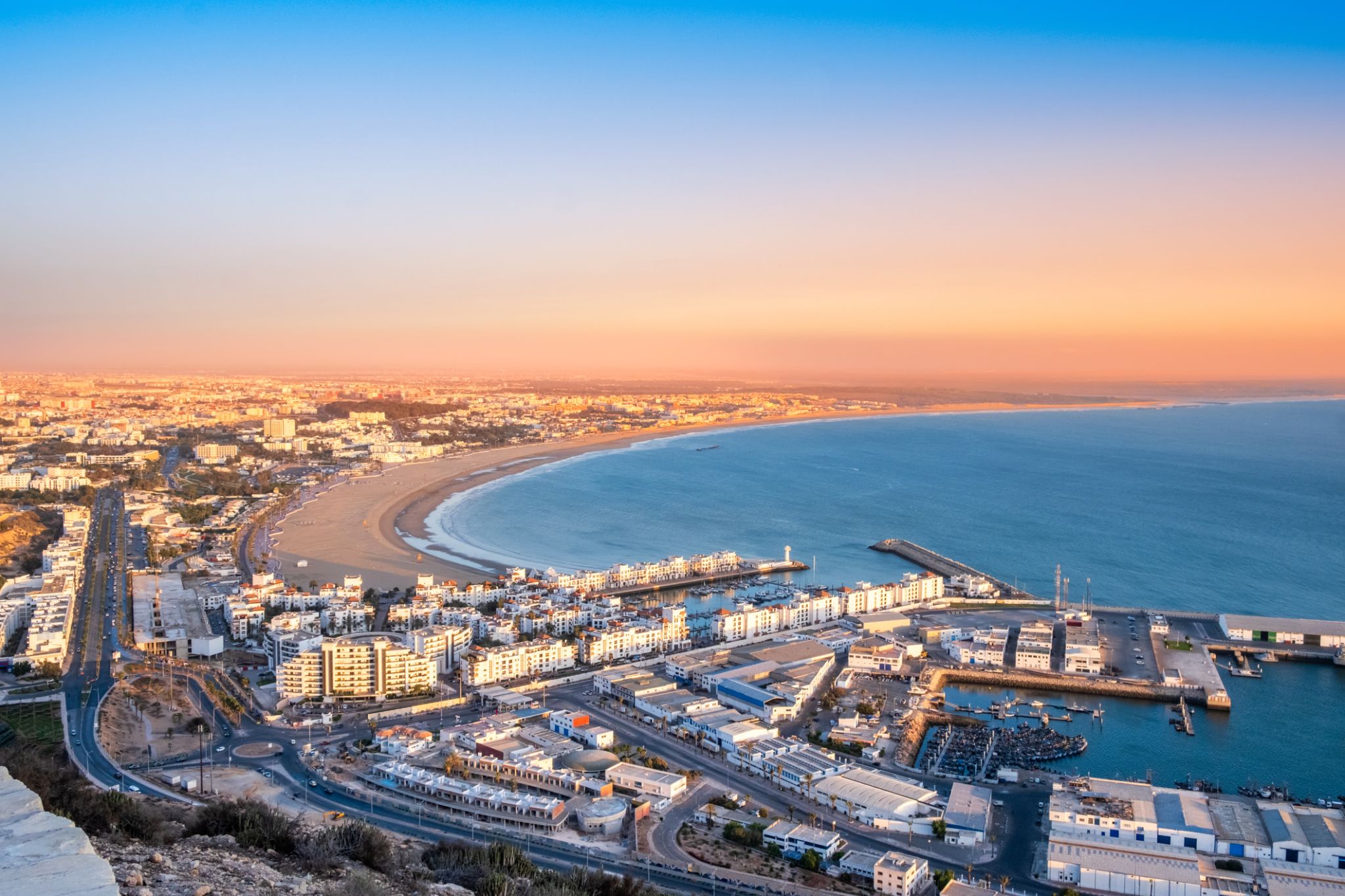
Agadir is the center of modern tourism in Morocco. Agadir Beach stretches for 10 km. The beautiful golden beach, surrounded by eucalyptus greenery and pine trees, is the most beautiful place among all Moroccan resorts. In Agadir, tourists will always find entertainment to their liking. Here you can ride camels or thoroughbred horses, play golf and tennis, smoke hookah, or experience all the delights of sea fishing. In the city's restaurants, you can taste the freshest and most delicious seafood, the assortment of which is simply magnificent: sea bass, sardines, tuna, shrimp, lobsters, crayfish. You can buy alcohol everywhere, but remember to do it before eight in the evening. And don't forget to visit the Medina of Agadir – a city built by an Italian architect. Inside the Medina, there are more than 30 shops and workshops.


Lisbon is the capital and the largest city of Portugal, with an estimated population of 505,526 within its administrative limits in an area of 100.05 km2. Its urban area extends beyond the city's administrative limits with a population of around 2.8 million people, being the 11th-most populous urban area in the European Union. About 3 million people live in the Lisbon Metropolitan Area (which represents approximately 27% of the country's population). It is mainland Europe's westernmost capital city and the only one along the Atlantic coast. Lisbon lies in the western Iberian Peninsula on the Atlantic Ocean and the River Tagus. The westernmost areas of its metro area form the westernmost point of Continental Europe, which is known as Cabo da Roca, located in the Sintra Mountains.